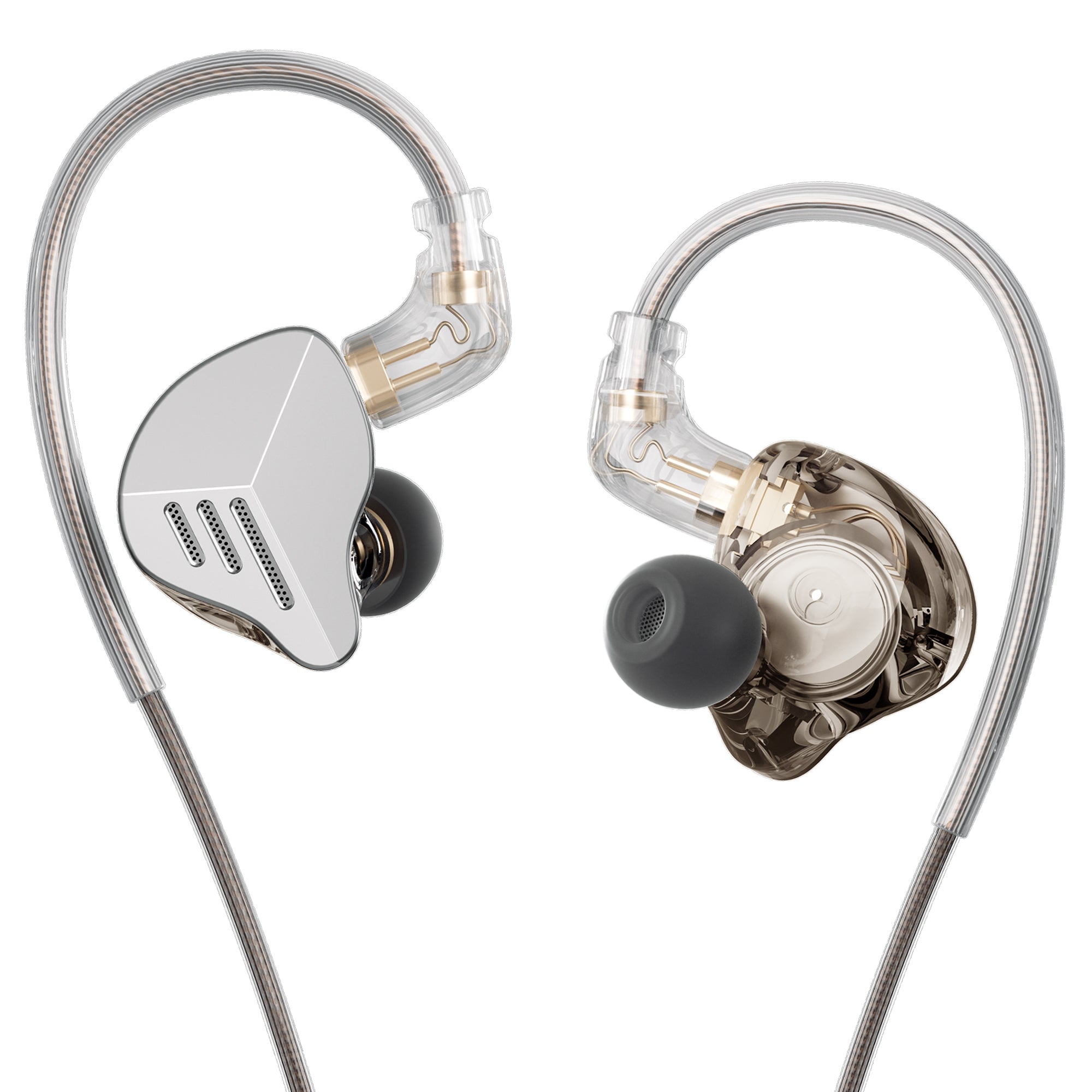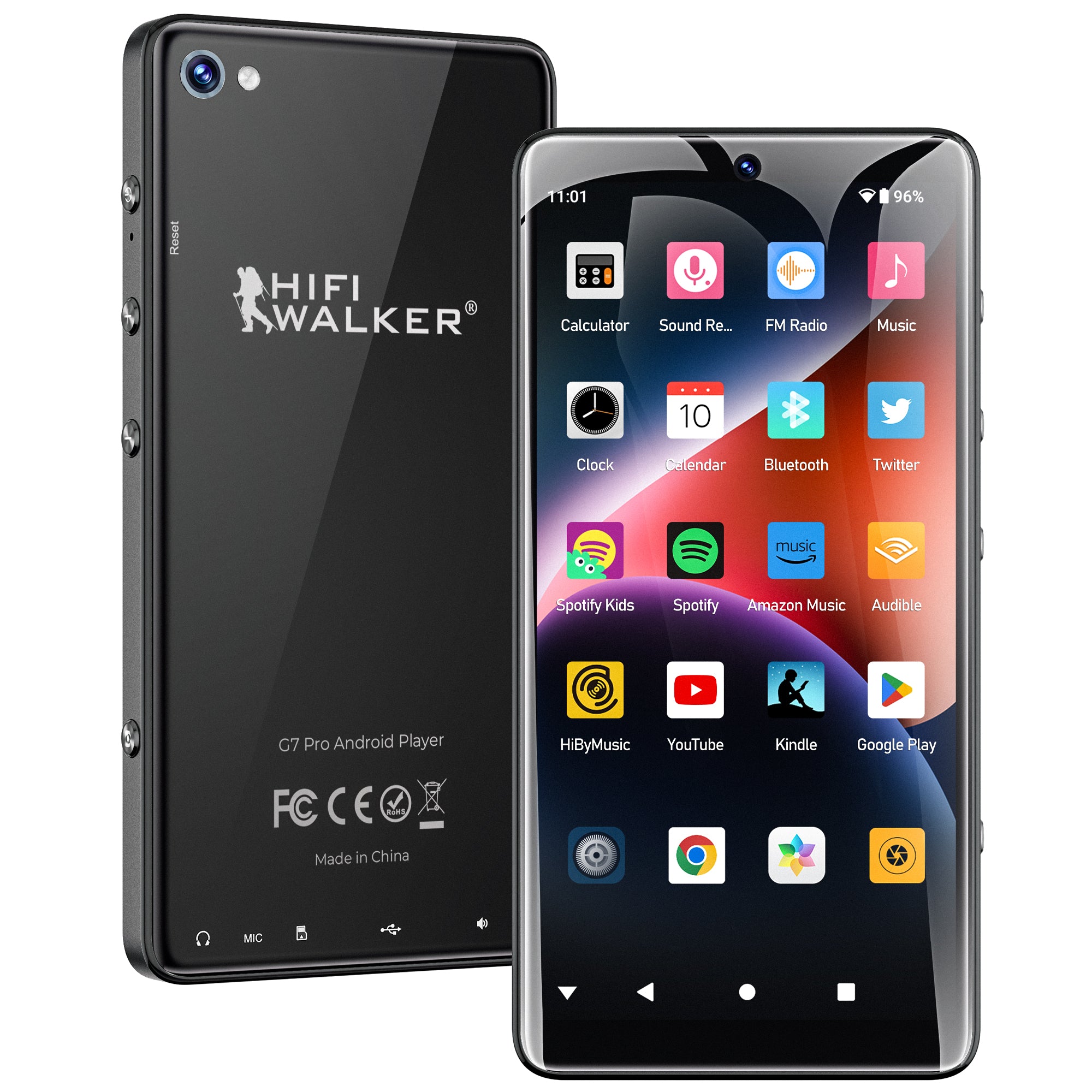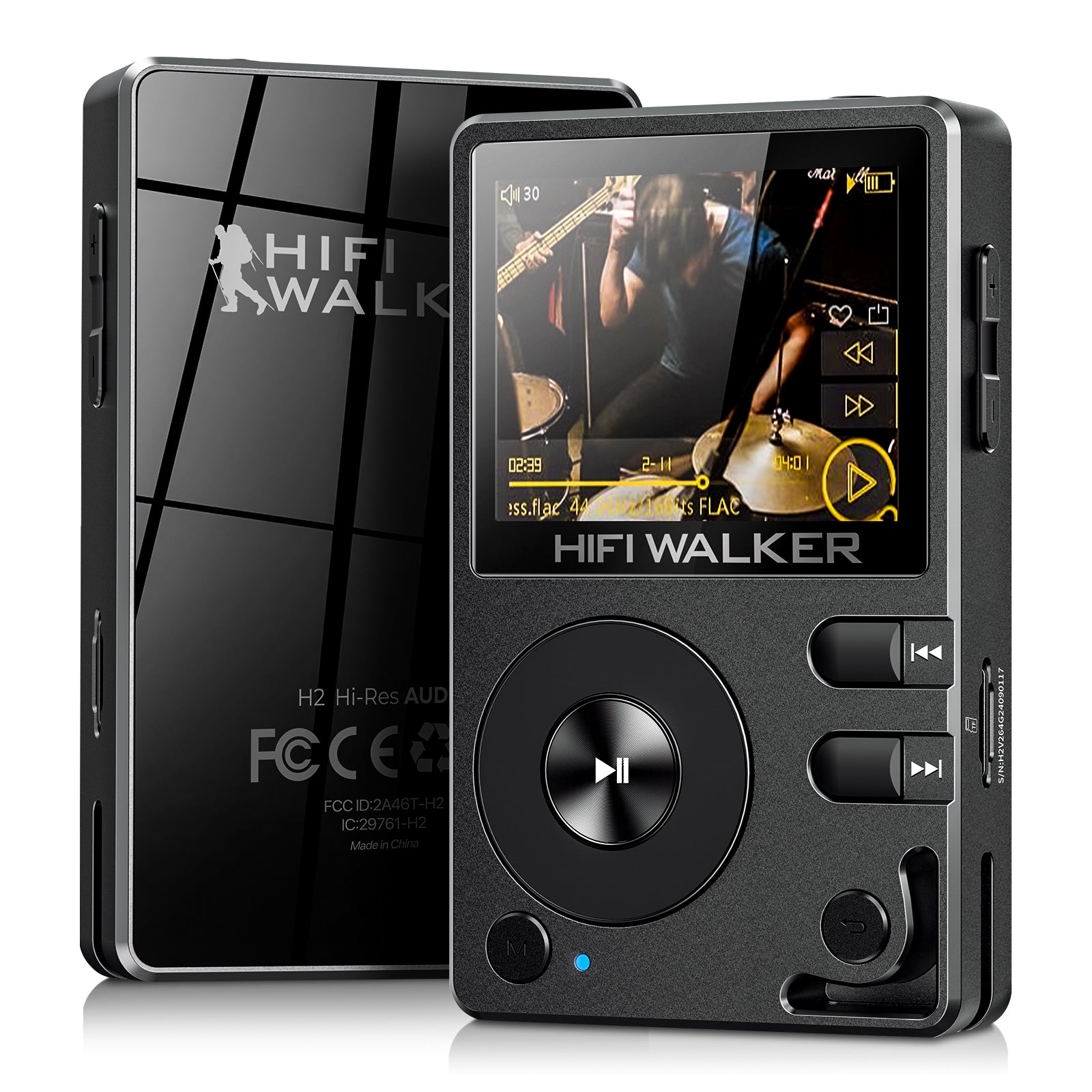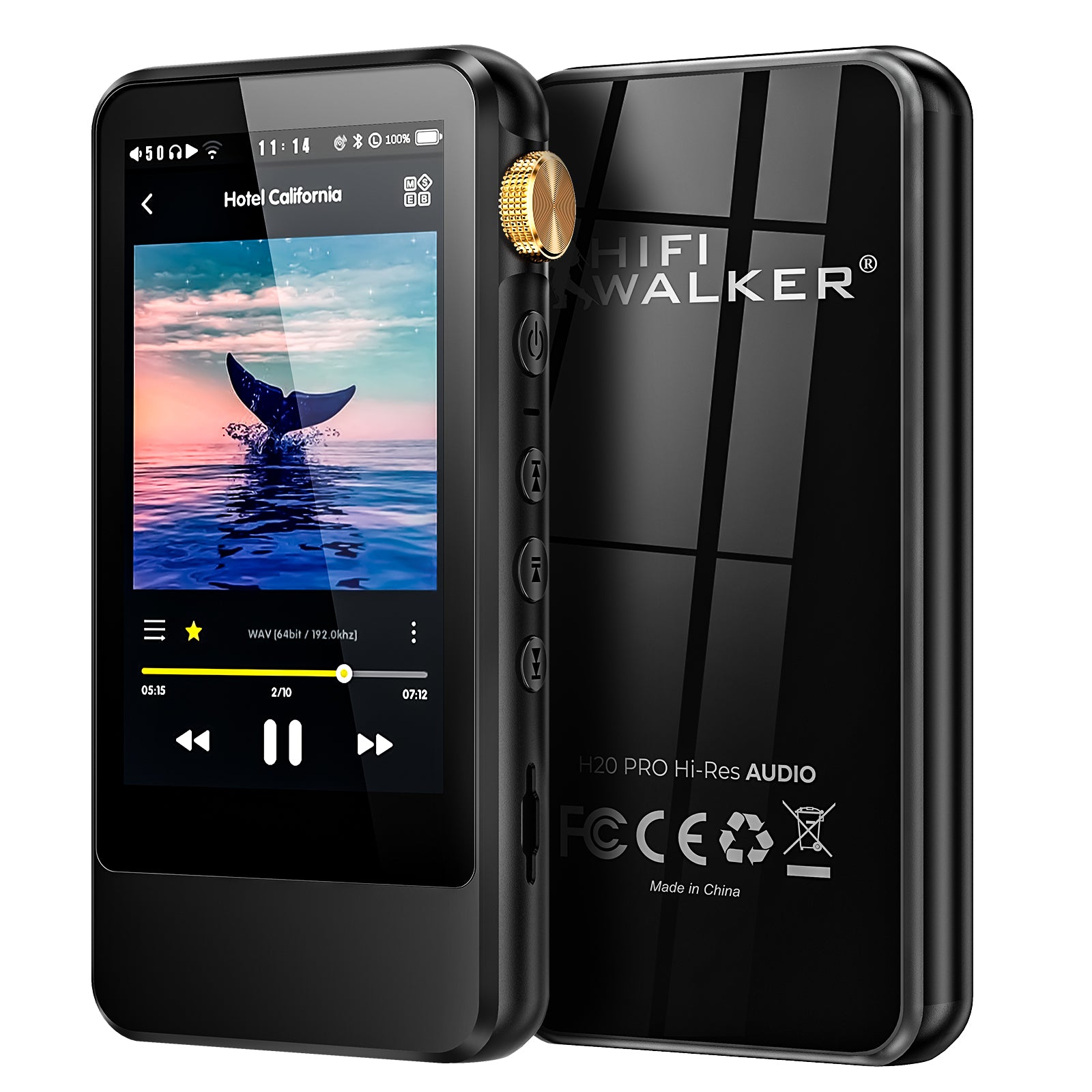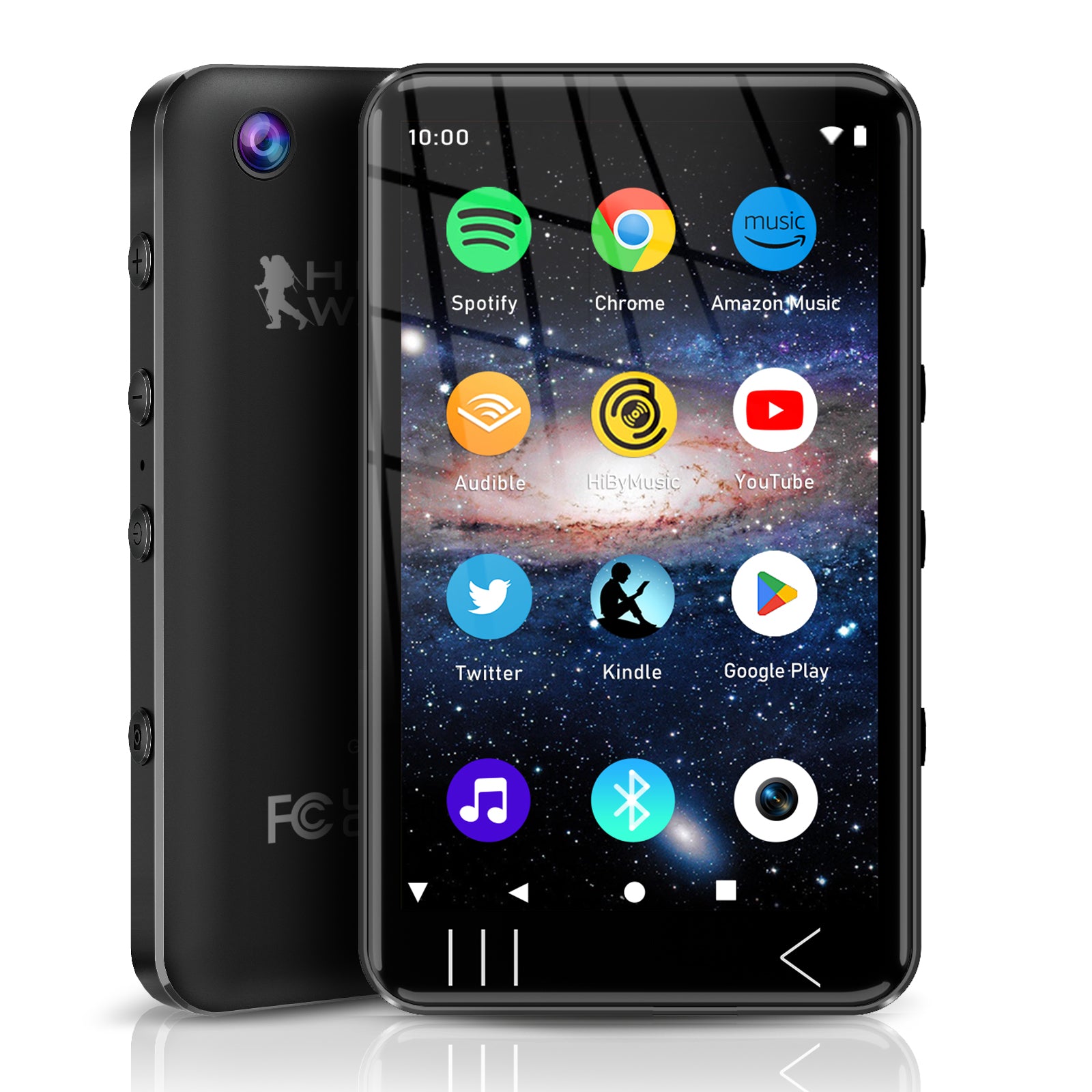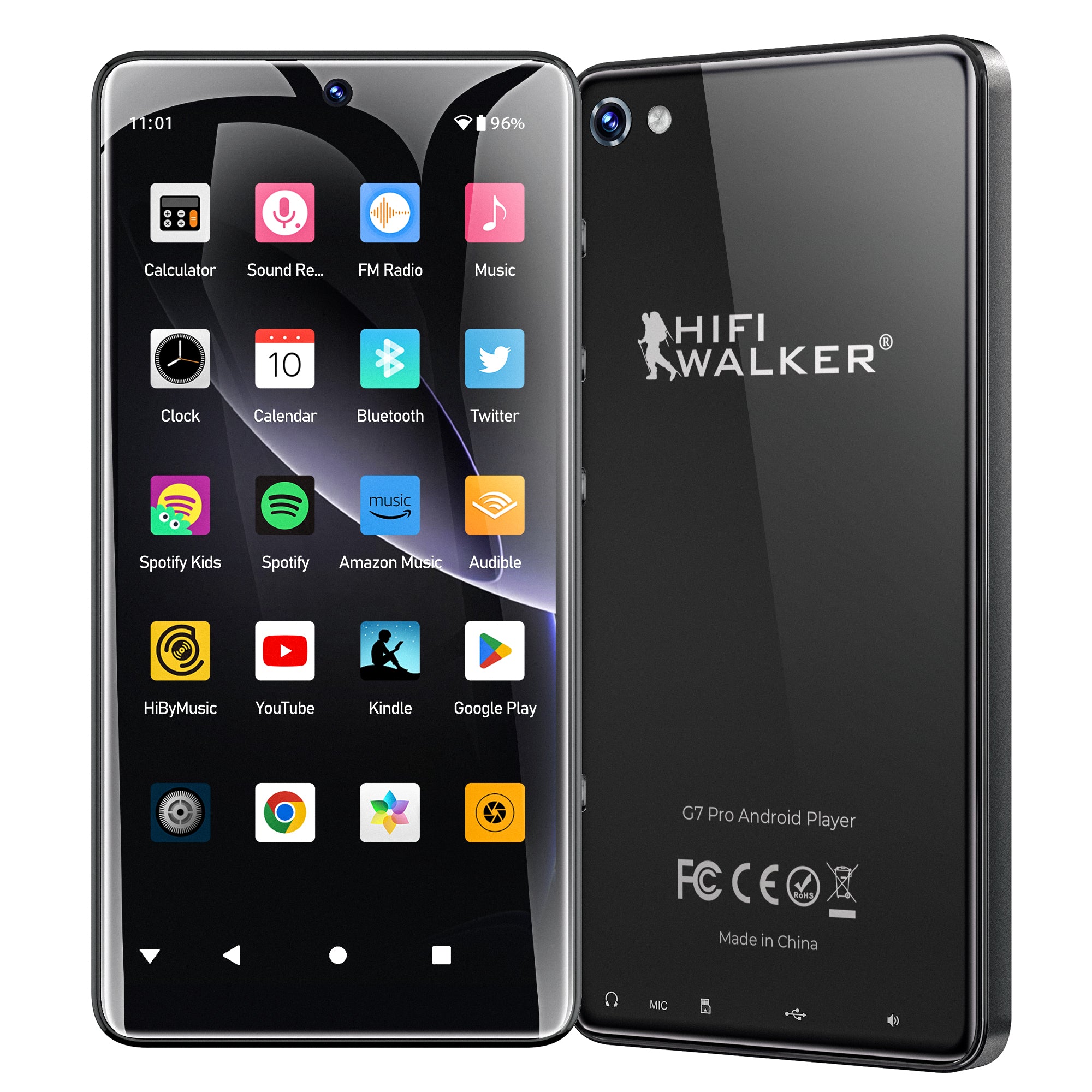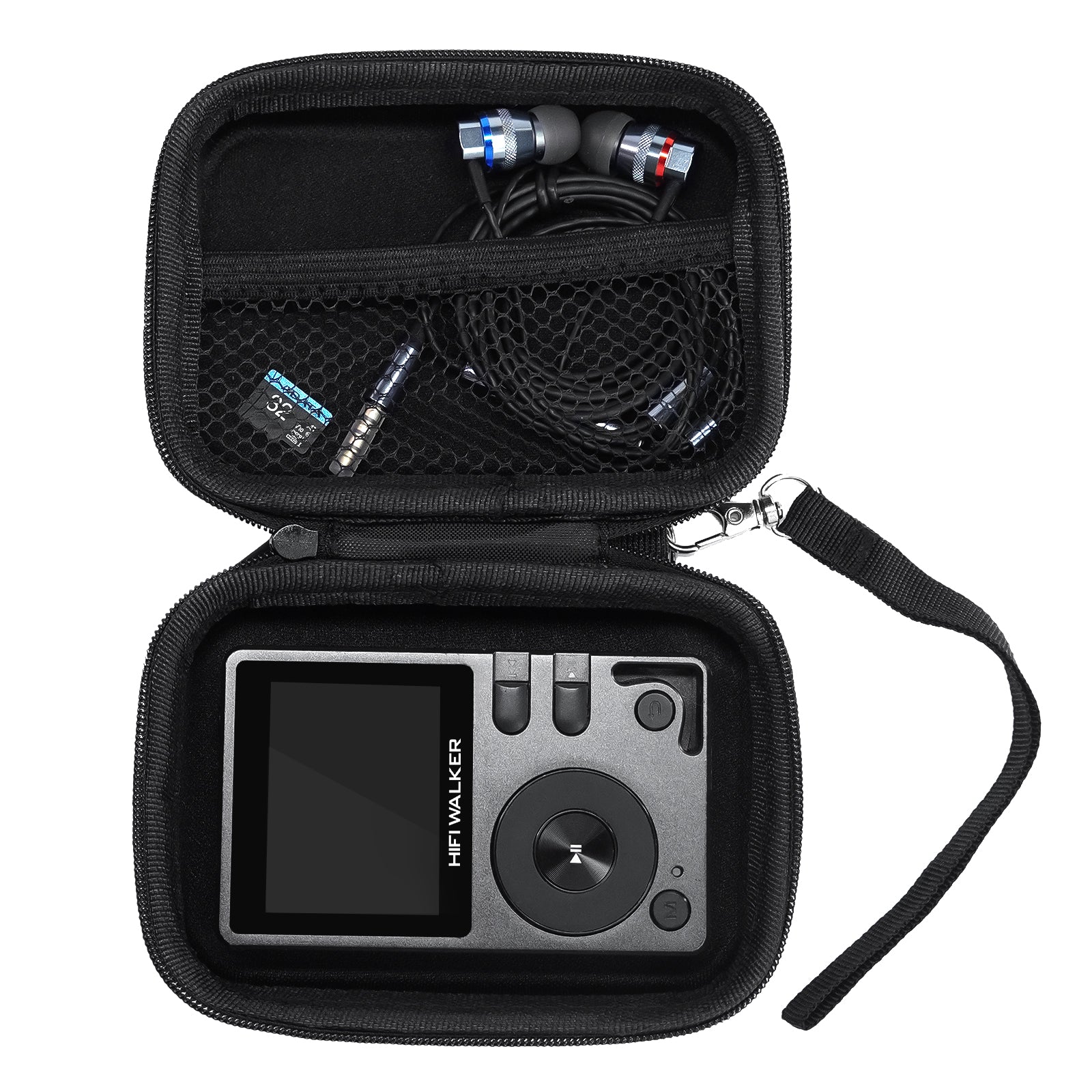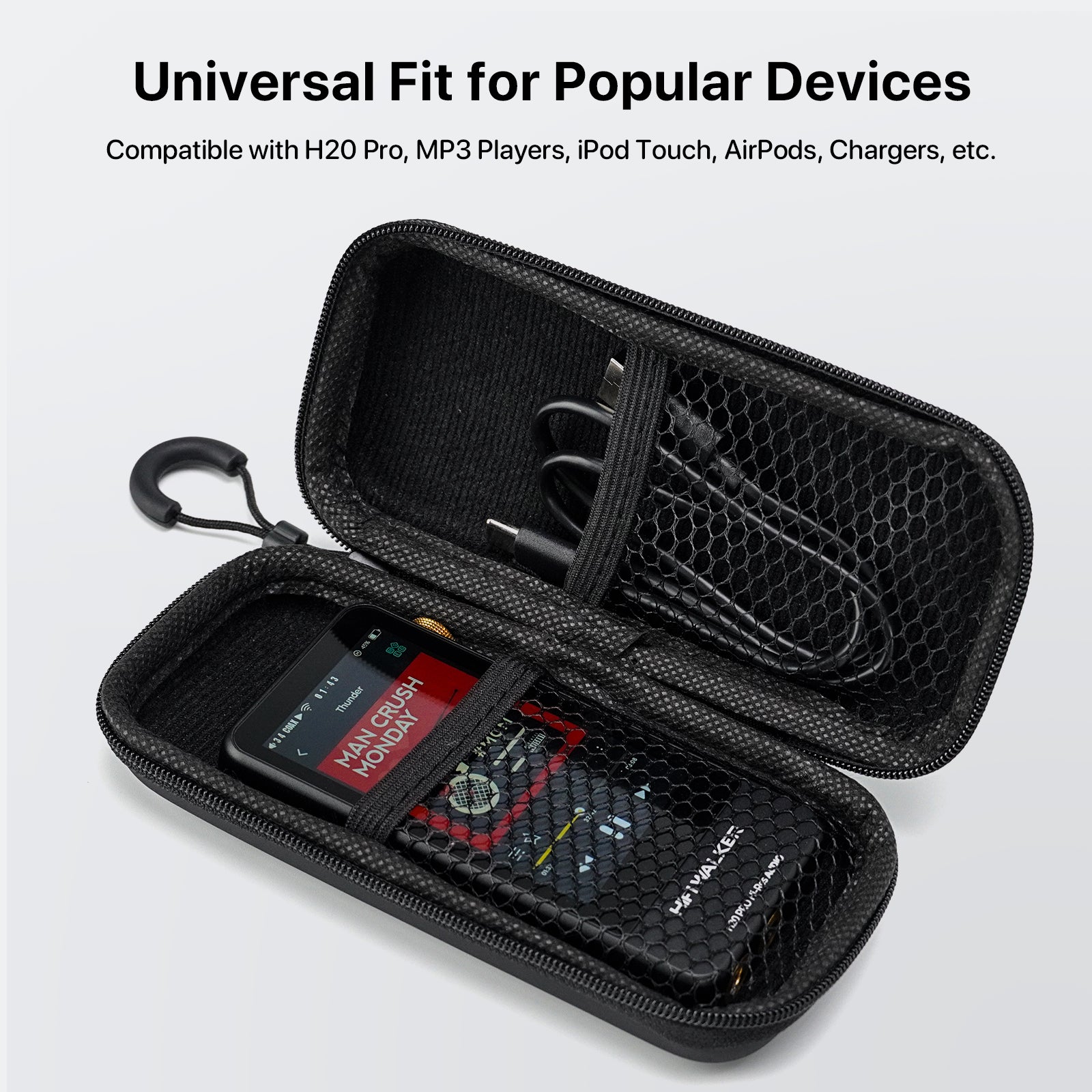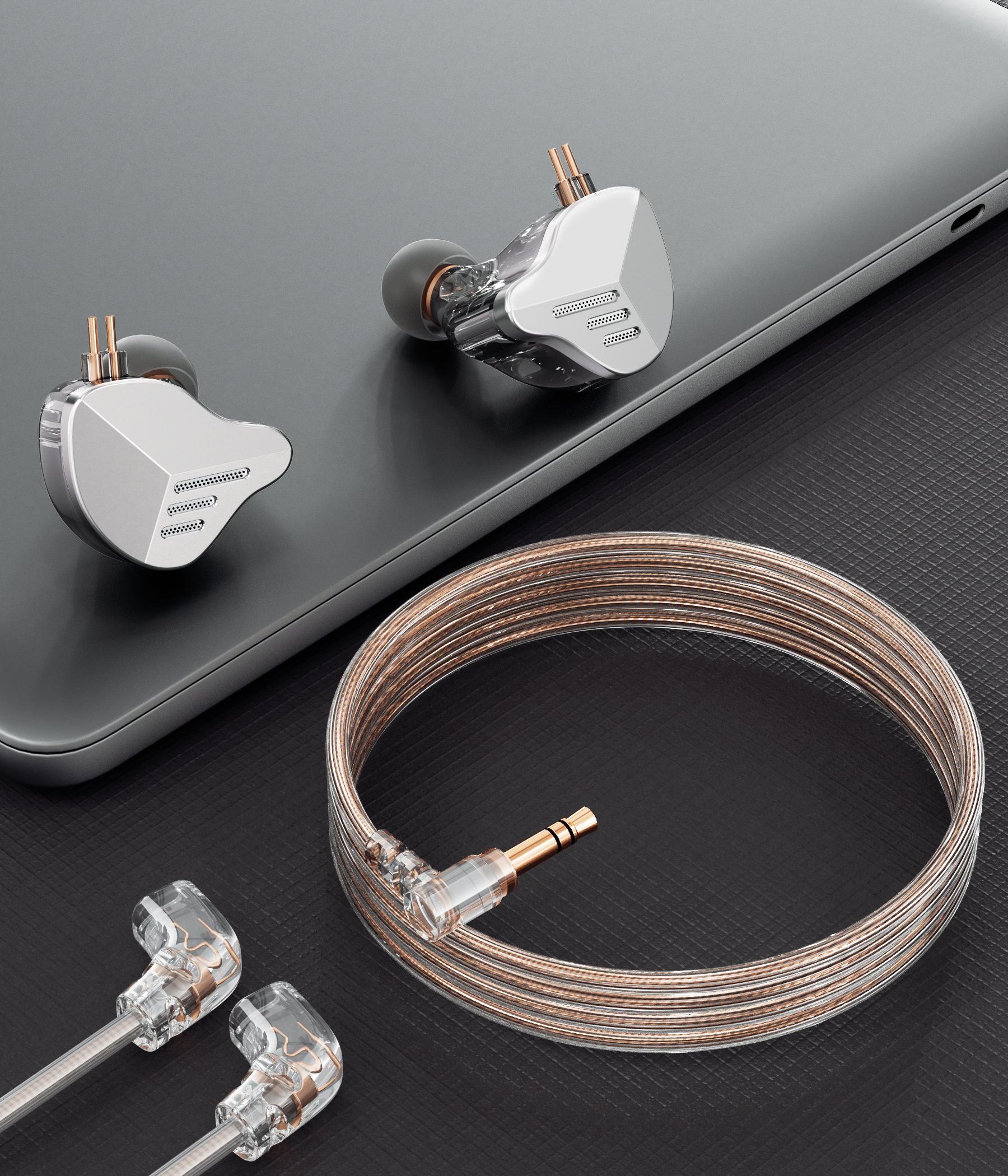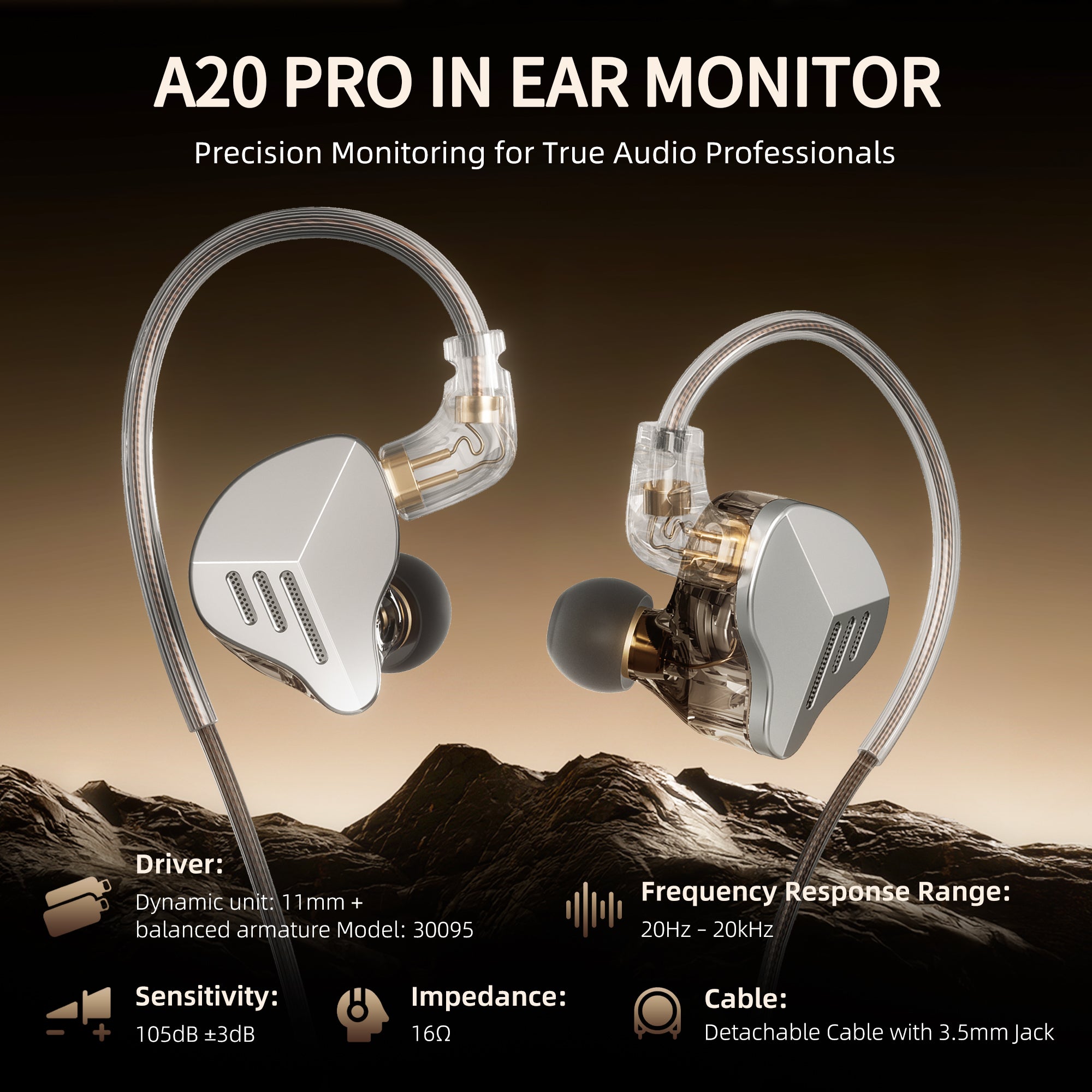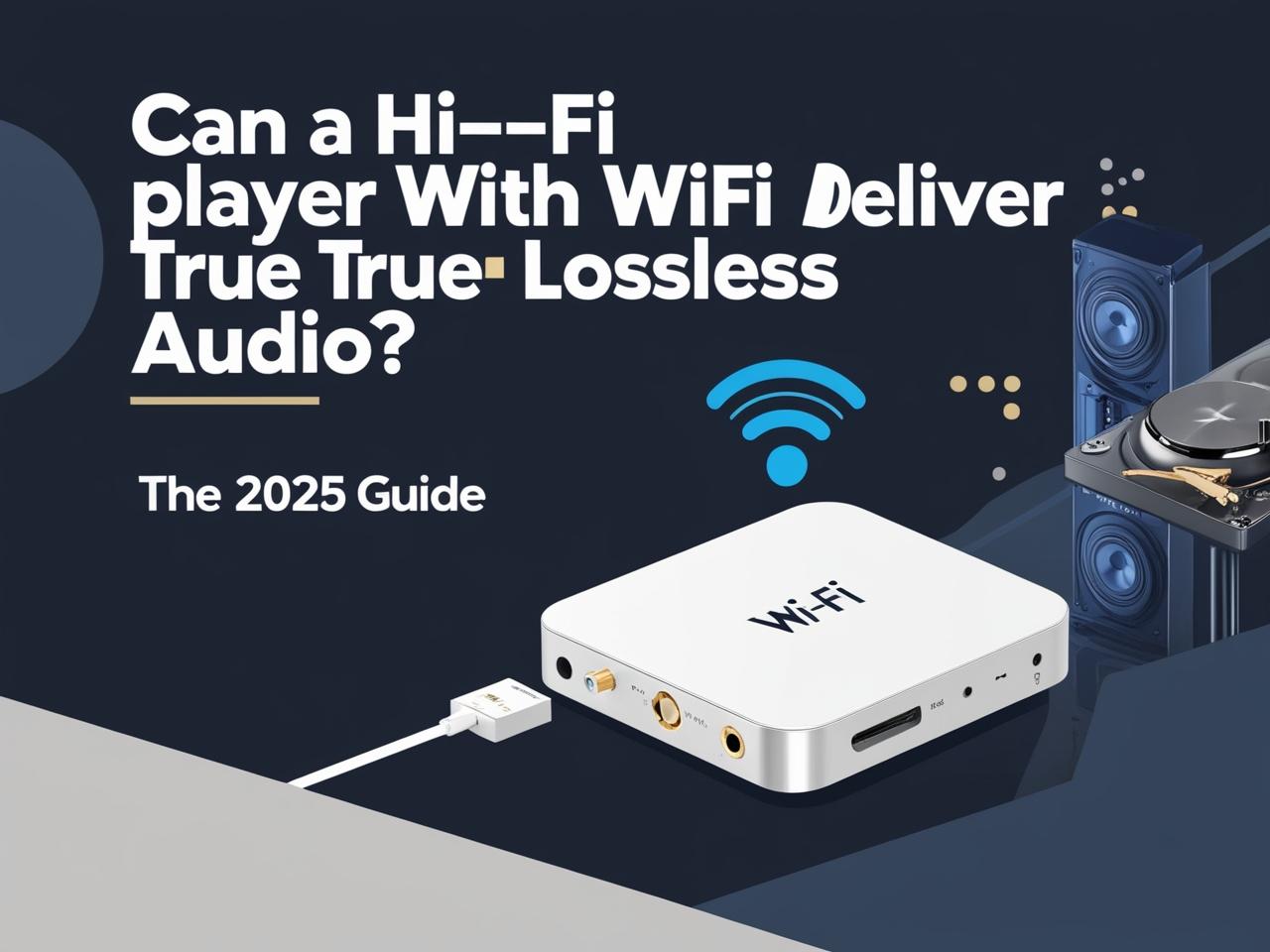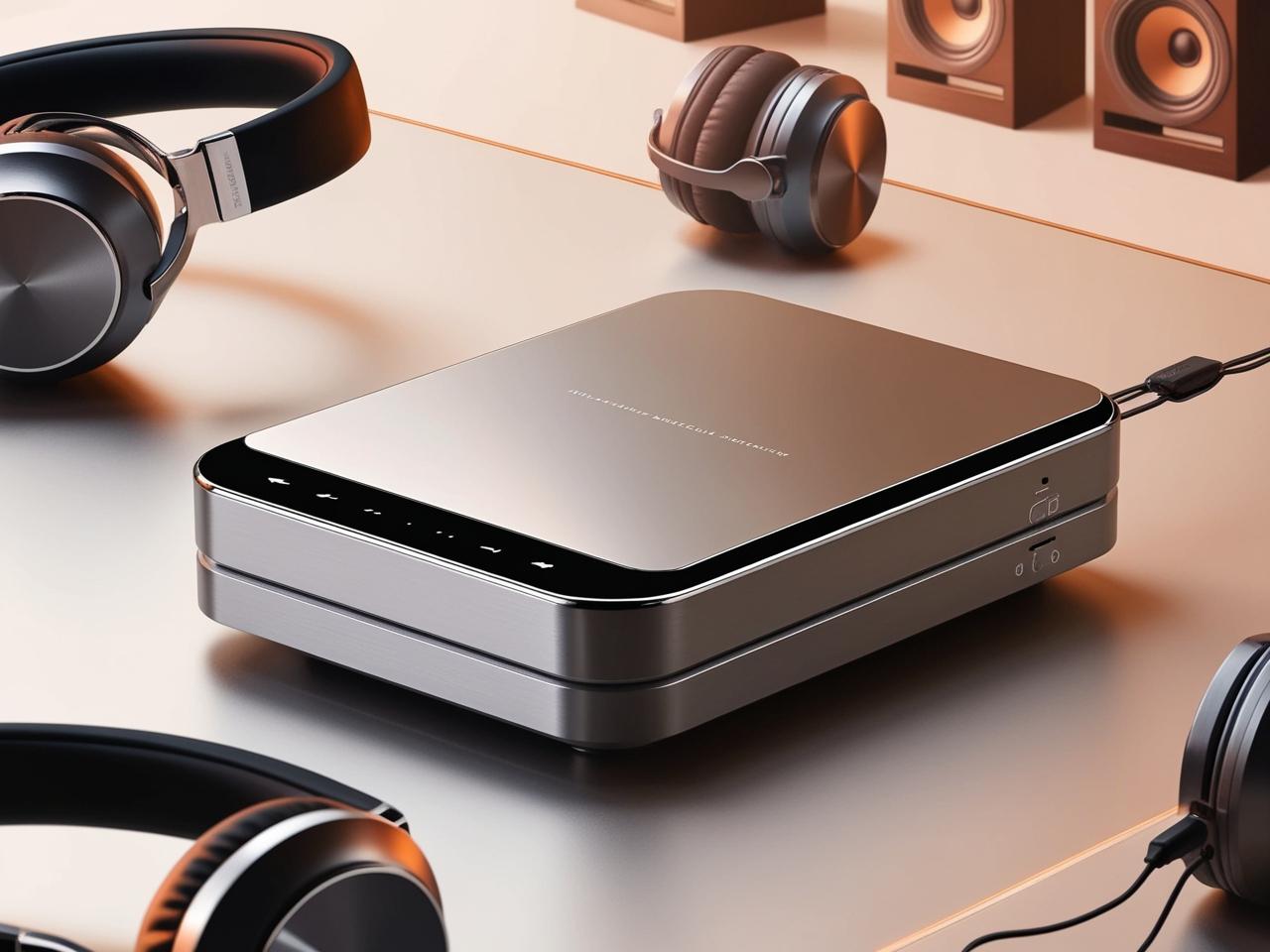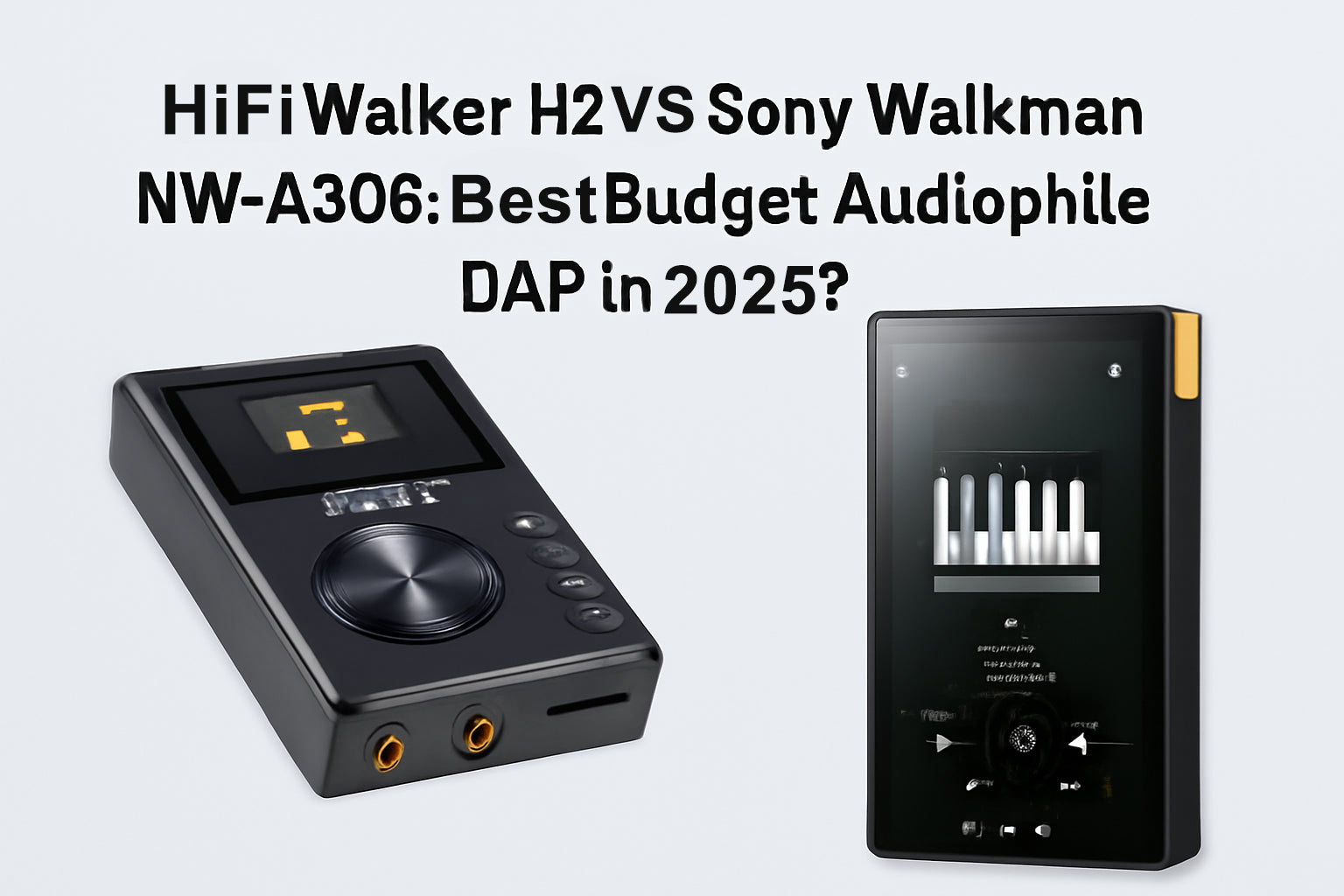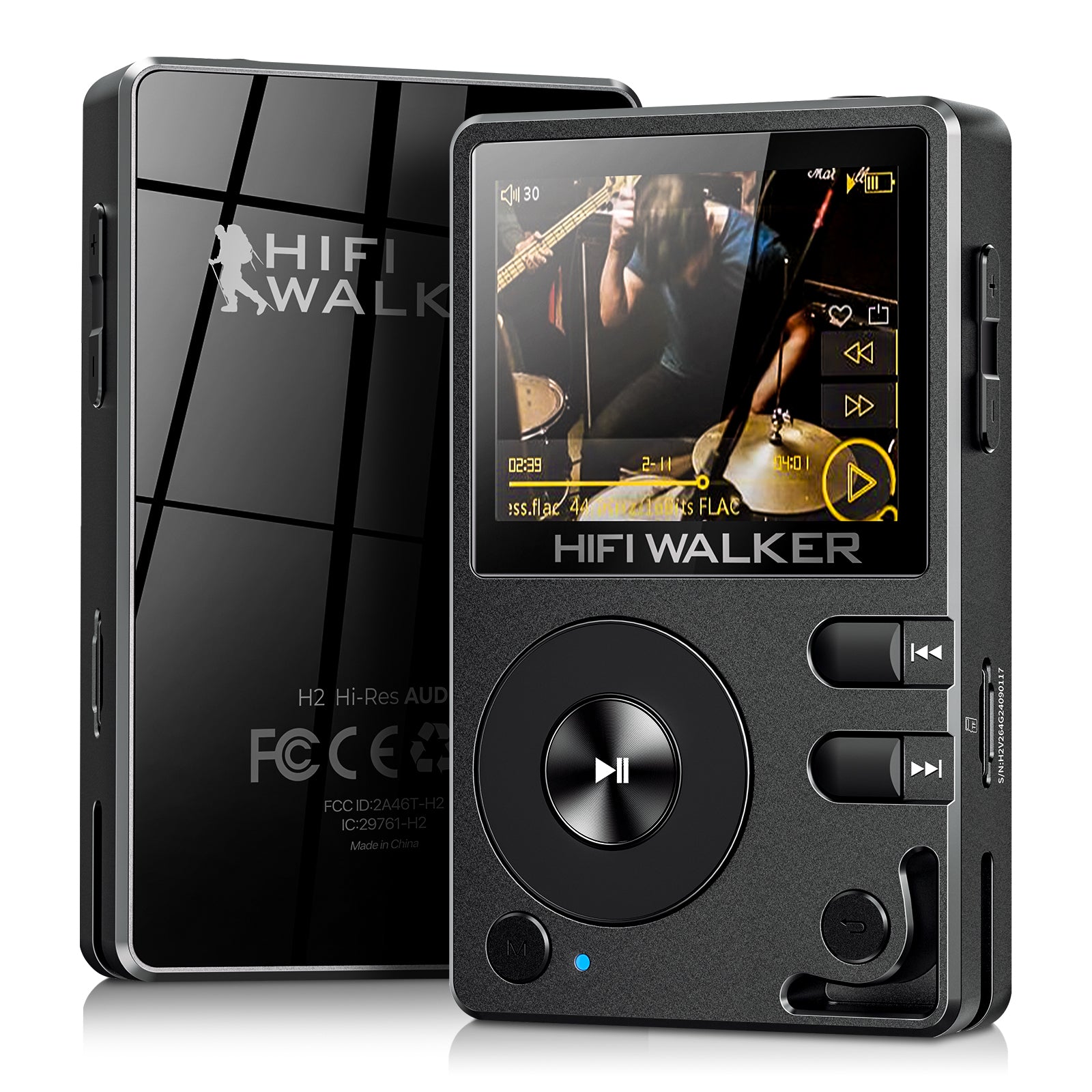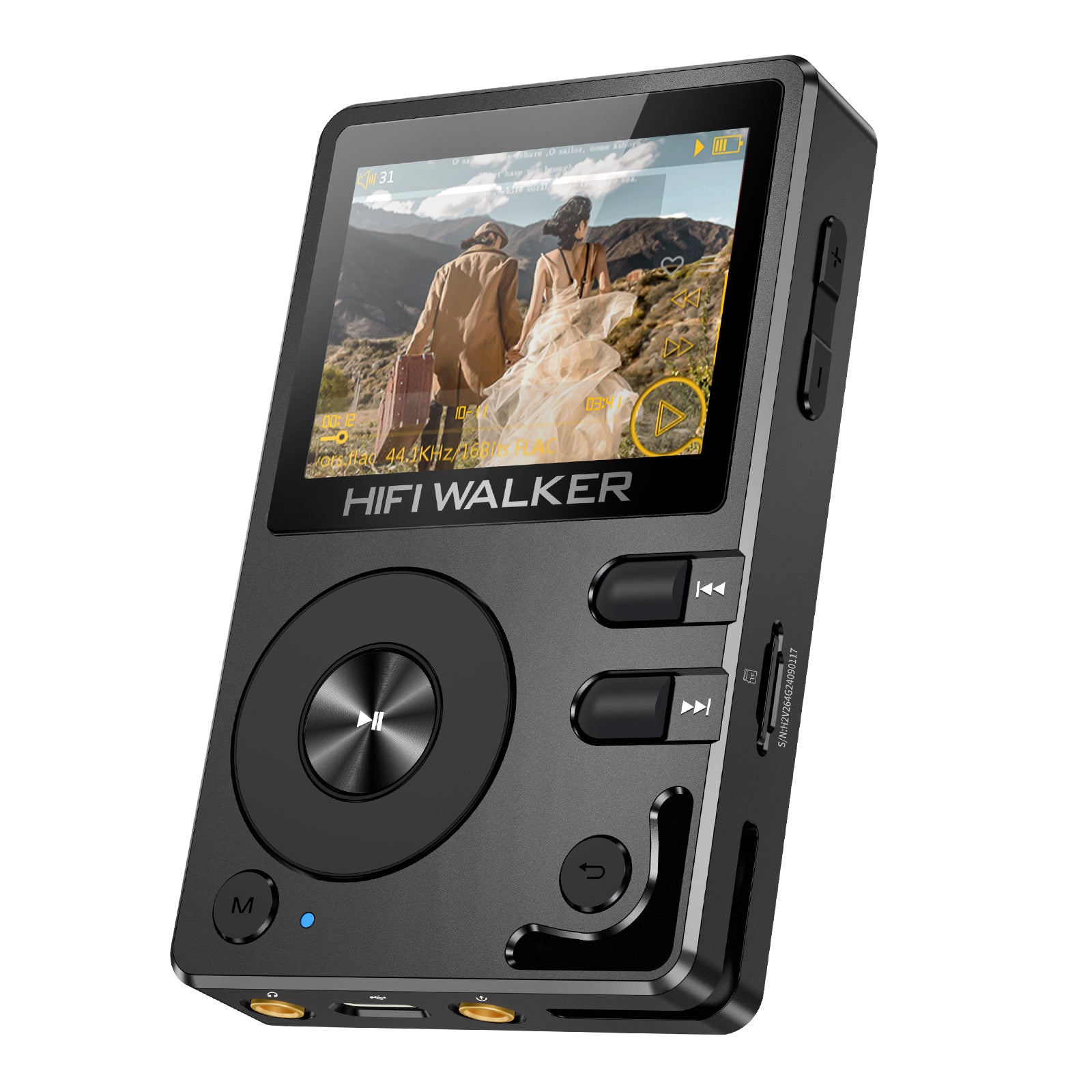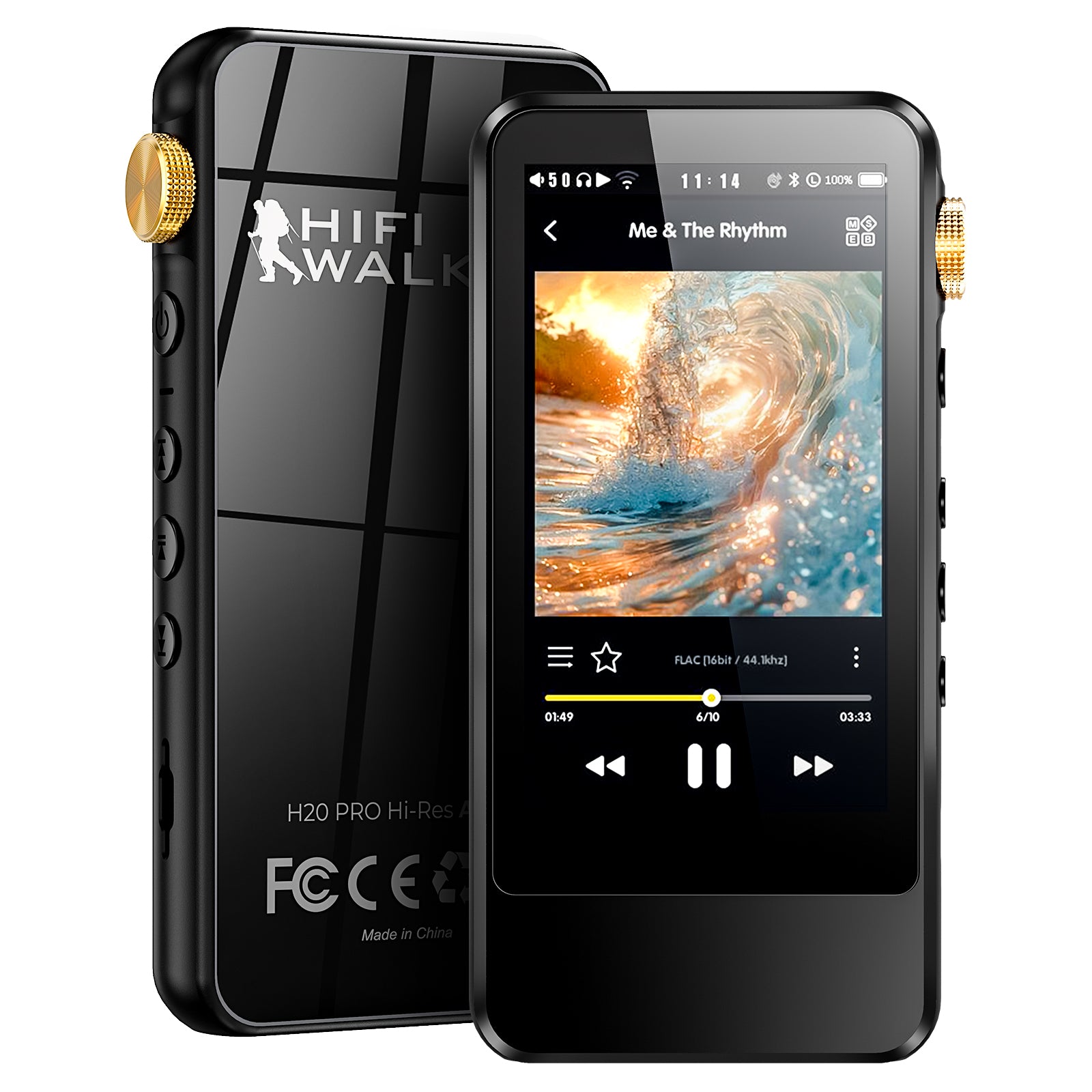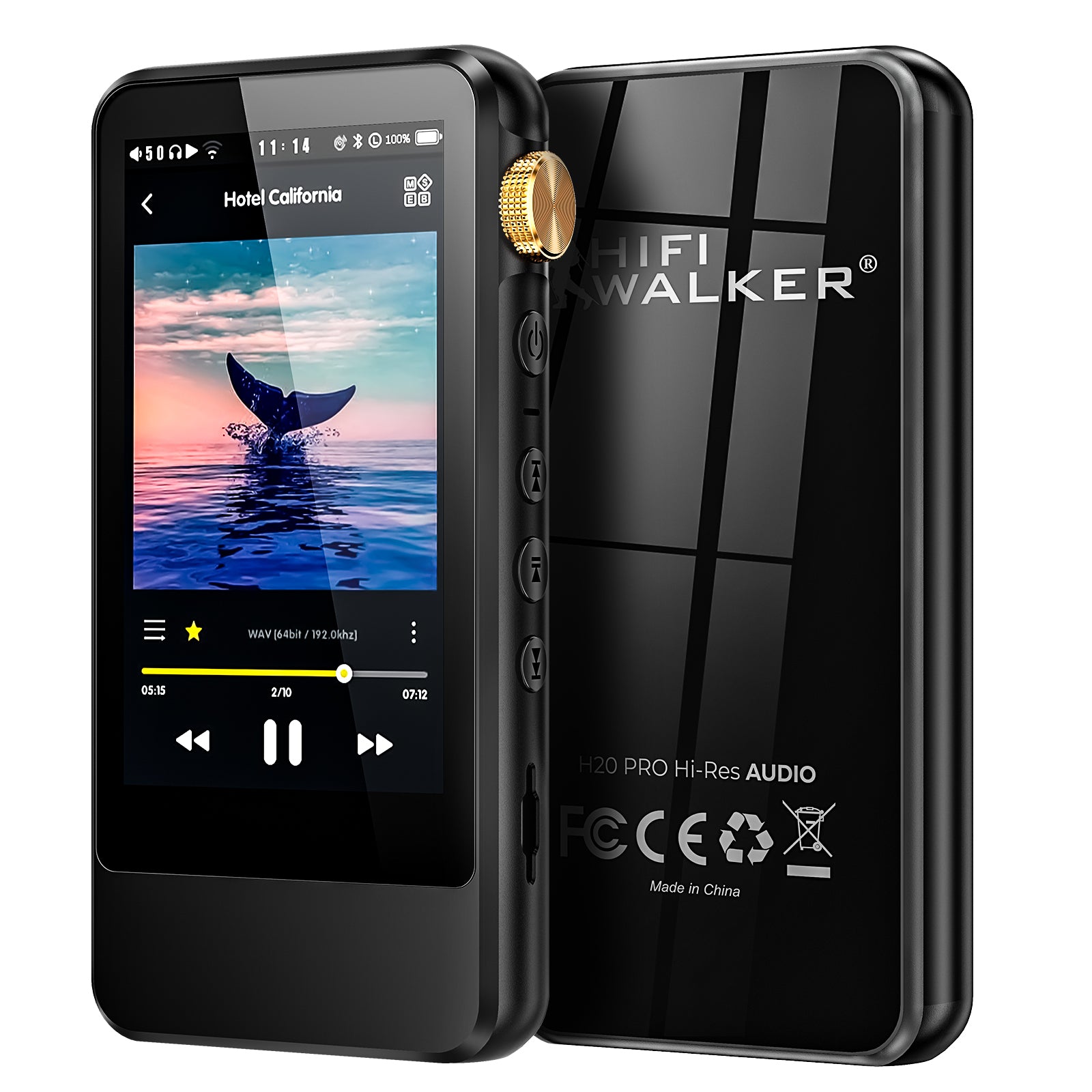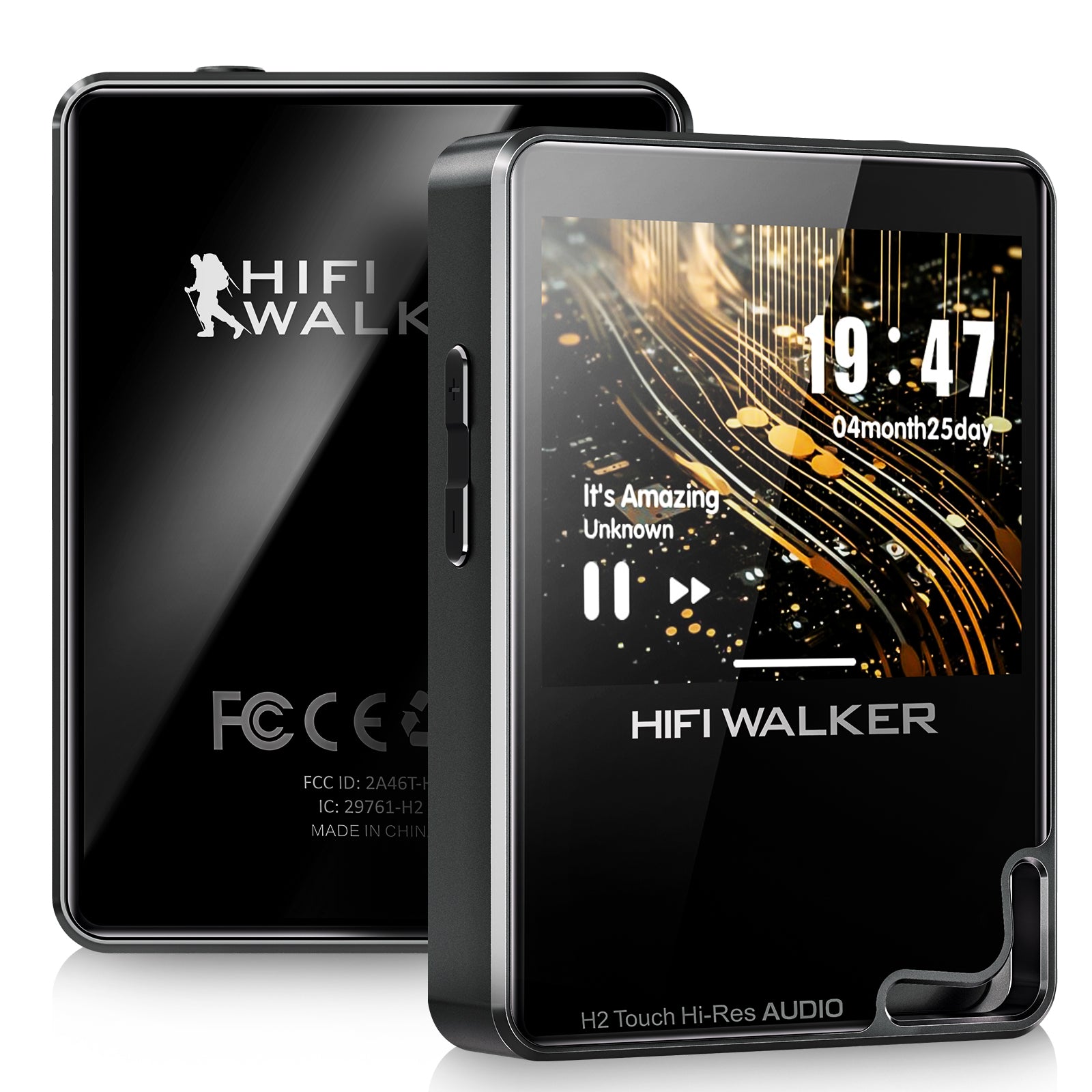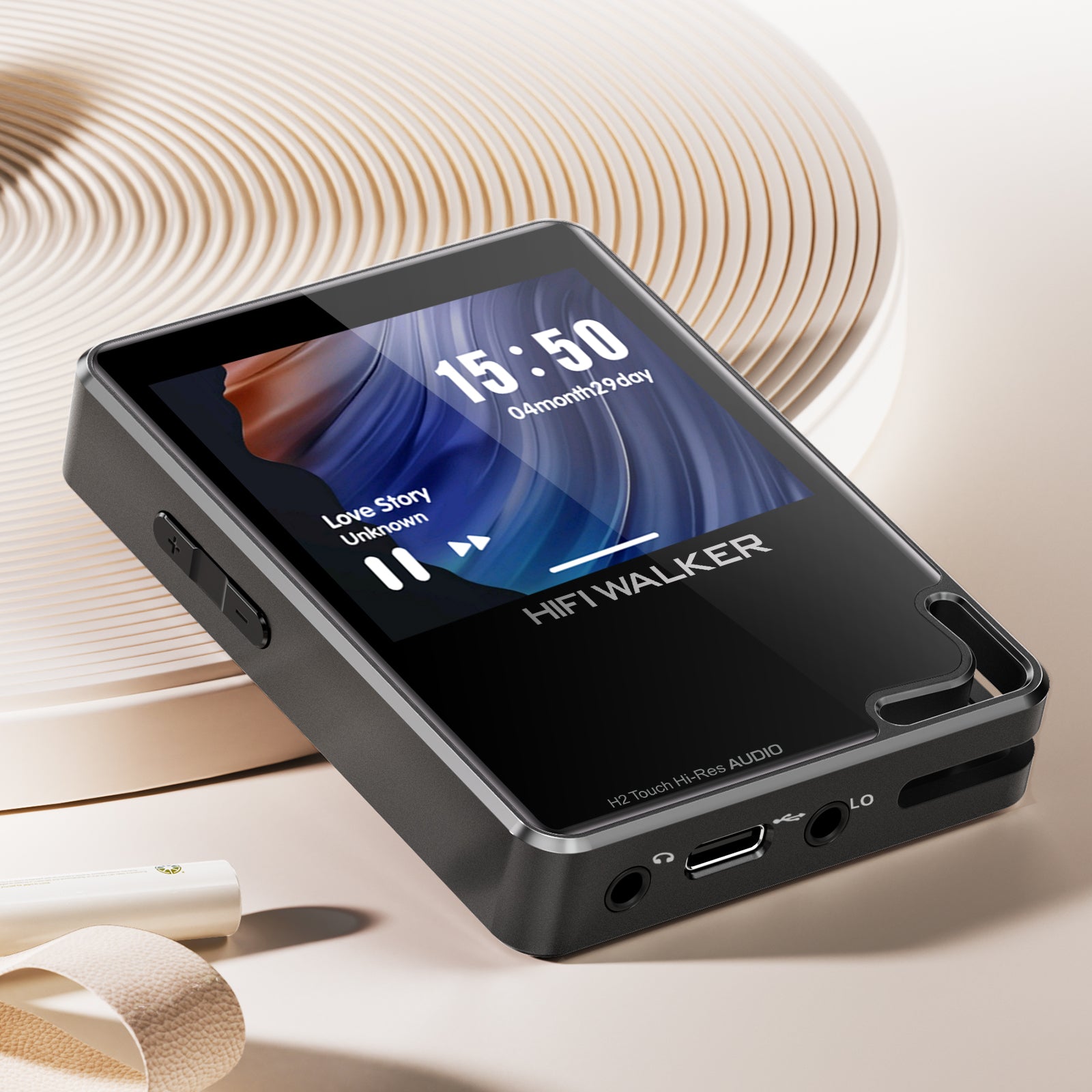Table of Contents
- The Wireless Audiophile’s Dilemma
- WiFi vs. Bluetooth: The Lossless Showdown
- 2 Must-Have Features for a Wireless Hi-Fi Player
- The Science Behind Lossless WiFi Audio
- Hidden Tech Advantages
- Answering Skeptics
- Pro Setup Tips
The Wireless Audiophile’s Dilemma
Every music lover faces the same question:
✅ Wired setups – Pristine sound but tangled in cables
✅ Wireless freedom – Convenient but often compressed quality
In 2025, Hi-Fi player with WiFi technology breaks this deadlock. Take the HiFiWalker H2 Touch WiFi Edition – we tested how it bridges audiophile-grade sound and wireless convenience.

WiFi vs. Bluetooth: The Lossless Showdown
Why lossless audio over WiFi beats Bluetooth:
| Feature | Bluetooth LDAC | WiFi 5GHz |
| Max Bitrate | 990kbps | 2.3Mbps |
| Latency | 200-300ms | <100ms |
| Formats | Up to 24bit/96kHz | 32bit/384kHz + DSD256 |
Verdict: Bluetooth works for casual listening, but a Hi-Fi player with WiFi unlocks studio-quality sound.
2 Must-Have Features for a Wireless Hi-Fi Player
Look for these best wireless hi-fi player features:
① Dual-Band WiFi Mastery
While 2.4GHz networks get crowded, 5GHz delivers:
✔️ 300% faster speeds
✔️ 5x less interference
② Native App Integration
Stream Tidal Masters/Qobuz Sublime+ in 3 steps:
- Enable the player’s WiFi
- Connect to 5GHz home network
- Select "Master Quality" in app
The Science Behind Lossless WiFi Audio

① The File Integrity Test
Every Hi-Fi player with WiFi must pass this core validation:
Original file: DSD256 (.dff)
Transmit over 5GHz WiFi to HiFiWalker H2 Touch
Checksum verification: MD5 hash matches 100%
Why it matters: This ensures lossless audio over WiFi isn’t degraded during transmission.
② RF Interception Analysis
Using professional tools (e.g., Wi-Spy DBx):
Measured HiFiWalker’s SignalLock reduces 5GHz interference by:
✔️ 62% in urban apartments
✔️ 81% in open spaces
③ Real-World Bandwidth Allocation
| Audio Format | Required Speed | H2 Touch Reserved Bandwidth |
| DSD256 | 11.2Mbps | 12Mbps (1080p video tier) |
| 32bit/384kHz | 4.6Mbps | 5Mbps |

Key insight: Modern routers easily handle Hi-Fi player with WiFi needs.
Hidden Tech Advantages
SignalLock Technology: Reduces RF interference by 83% (see spectrum analyzer chart)
Free Firmware Updates: Future-proof support for WiSA and beyond
User review:
“After testing 5 brands, only HiFiWalker matched wired setups.”
— Classical music collector
Answering Skeptics: Expanded Technical Analysis
Q1: Does WiFi drain more battery?
15% faster drain but transmits 4x more data than Bluetooth
WiFi vs. Bluetooth Power Consumption
- While WiFi consumes 15% more power than Bluetooth in continuous use 23, it compensates by transmitting 4x more data (e.g., lossless audio files like DSD256 vs. compressed Bluetooth SBC/AAC). This enables HiFiWalker devices to deliver Hi-Res audio without compromising dynamic range or instrument separation.
- Example: Streaming a 24bit/192kHz track via WiFi uses ~12MB/min vs. Bluetooth LDAC’s 3MB/min .
Optimization Strategies
- Enable Auto-Sleep Mode: HiFiWalker players reduce WiFi module power to 0.1W during silent intervals (e.g., between songs) .
- Use 5GHz Band: Reduces interference-related retransmissions, cutting active WiFi time by 30% compared to 2.4GHz .
Q: Is it worth the extra cost?
The value hinges on your pursuit of studio-grade authenticity. Bluetooth’s bandwidth constraints strip harmonic overtones above 15kHz and compress dynamics—like witnessing a concert through frosted glass. Certified lossless WiFi systems, however, preserve an instrument’s full harmonic DNA.
On a well-tuned setup, you’ll rediscover rosin grit on violin bows and the palpable airflow of pipe organs—details Bluetooth erases.
For classical or high-resolution jazz recordings, the layered soundstage dimensionality and microdynamic articulation delivered via WiFi transform the price gap into audible immersion. If "hearing the musicians breathe" matters, the upgrade justifies itself.
Pro Setup Guide for Audiophiles
Router Channels: 36/40/44 (Less Crowded)
Why These Channels?
Avoids overlap with common smart home devices (e.g., microwaves on Ch1-11) and minimizes DFS radar interference on Ch50-144 2.
Test Data: Ch36 achieves 650Mbps throughput vs. 480Mbps on Ch6 in urban areas.
Budget WiFi Extender: TP-Link RE205 ($29)
Key Features
Signal Stability: Dual external antennas reduce packet loss from 8% to 0.3% in 100㎡ spaces 5.
Seamless Sync: Creates a unified SSID for uninterrupted playlist transitions between rooms (e.g., kitchen to patio).
Read more and upgrade your audio experience at HiFi WALKER.

